One of the more significant aspects of the nonviolence that epitomizes many of the world’s most peaceful societies is the relatively high status of women and girls. Each society is different, of course, but in many of them the women and girls are considered to be equal, or nearly so, to men and boys. Males who dominate females do exist in some of those societies but actual violence between the sexes is very rare. Or it used to be.
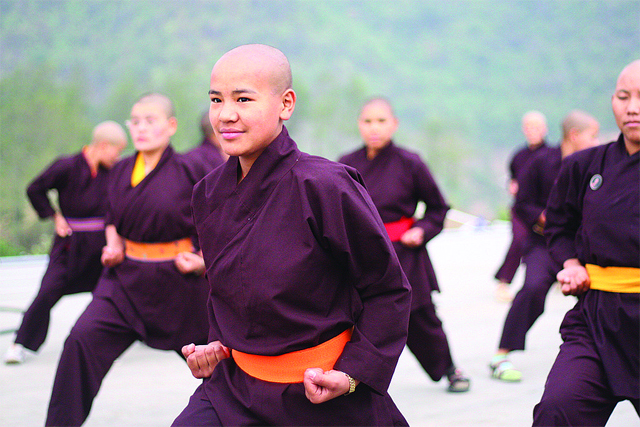
Last Wednesday, an article from NBC News described the enthusiasm among young Ladakhi females for a five day self-defense course. Attacks by Ladakhi males are evidently now a very real possibility. According to the article, nuns of the Drukpa Order of Buddhism, called Drukpa Kung Fu Nuns, mastered the martial art and decided to train Ladakhi girls and young women in ways to defend themselves. While the women and girls practiced kung fu during the week, the more experienced nuns walked through the rows of students, correcting their various kicks and movements.
The first of a planned series of training sessions, the workshop was held at the Hemis Monastery in Ladakh in early August. It was organized by a nonprofit organization called Live to Love International, which was founded by the Gyalwang Drukpa, the head of the Drukpa Order of Tibetan Buddhism. In 2009 he had introduced kung fu training to the order’s nuns as a means of promoting their self-defense, confidence, and health.
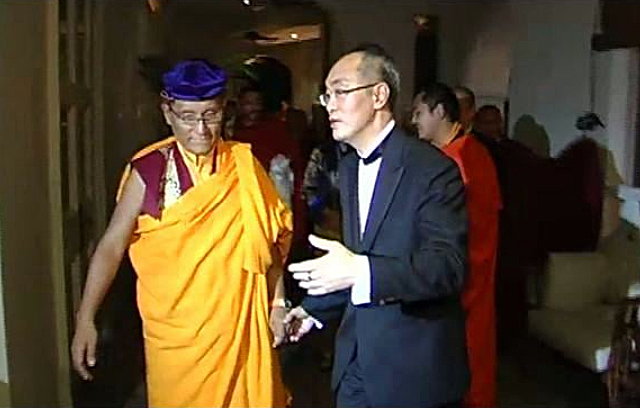
The program each day included kung fu training such as handling attacks from behind, dealing with sexual assaults, and planning escape routes. The sessions included discussions and group sharing, when the women and girls were encouraged to talk about their own experiences. Competitive games and dancing were organized in the evenings.
One of the nuns, Palmo, told the reporter that she developed a lot of self-confidence from her own kung fu training. She said she joined the order when her father explained to her that the Gyalwang Drukpa focused a lot of his attention on women’s empowerment. She became a nun so that she could help other Ladakhi girls.
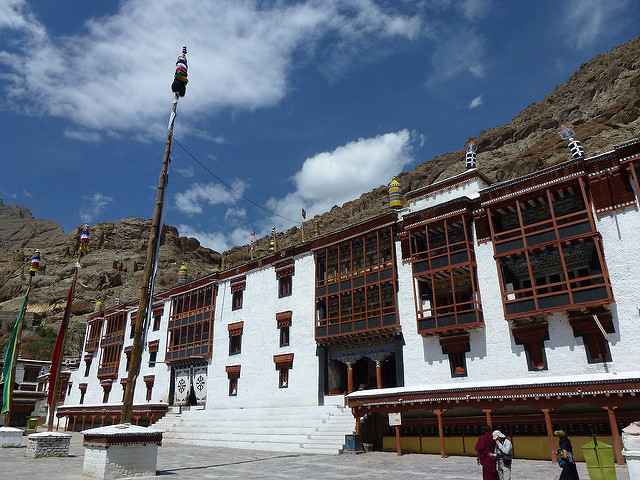
Carrie Lee, a former president of Live to Love, told participants during the workshop at Hemis how she had worked as a lawyer in the U.S. and had fallen in love with Ladakh, particularly with the Ladakhi girls who had especially inspired her, when she first visited 13 years ago. She circulated around the room asking the participants about their hopes for their futures. The organizers had widely posted advertising signs around Ladakh and the workshop attracted about 100 females from ages 13 to 28, including some Muslim girls and young women.
A 23-year old participant, Tsering Yang Chen, said that she had recently been in a shop and the shopkeeper had touched her inappropriately. Though she said nothing at the time, she said she felt dirty afterwards. Then, when she heard about the workshop, she decided to take it. “When someone touches me, I want to punch him,” she told the reporter, adding that men also whistle at girls in the markets.
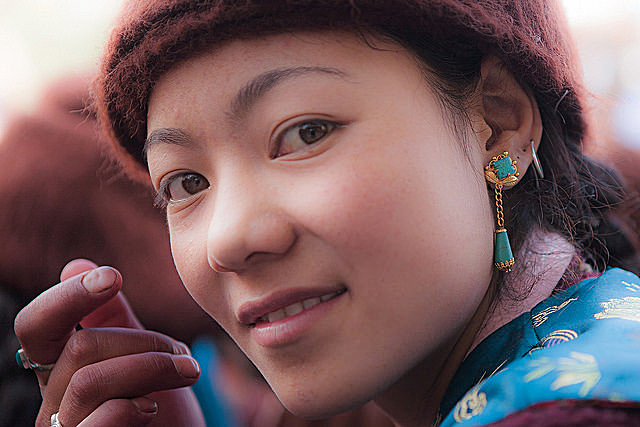
Another participant, 16-year old Stanzin Norzin, told the reporter that the best part of the workshop for her was learning to punch correctly. She said that since young women and girls often have to travel alone at night, they worry about their safety. She added that she would certainly be more confidant and feel stronger as a result of the workshop. Participants slept in tents, woke early, and spent most of their days practicing their new skills.
Jigmet Skitzom, a 17-year old, was excited by the training, even if it was tiring. “It’s difficult, but we can do it if we try,” she said, adding that the experience would be especially useful if she and the rest leave Ladakh and travel to larger cities in India such as New Delhi for schooling beyond the 12th grade.
Ms. Lee offered a conclusion to the reporter when she said that the workshop was the first time she had heard that “having confidence can save your life.” She added wryly, “even getting used to screaming is empowering.”
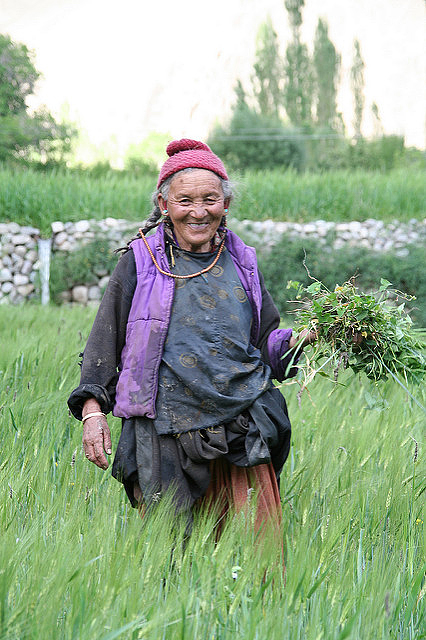
Earlier, news reporters and anthropologists focused on the conditions that fostered the nearly equal status of women and men in Ladakh. But the clear desire by young women and girls for a training course to develop an ability to fend off unwanted aggression from males suggests that conditions are changing.
The famed independence and self-respect of Ladakhi women may still be part of their heritage, but modernizing trends that have affected the region may have also fostered patterns of males hassling, and even attacking, women and girls. It is important to know that Ladakhi women are confronting their changing conditions realistically.